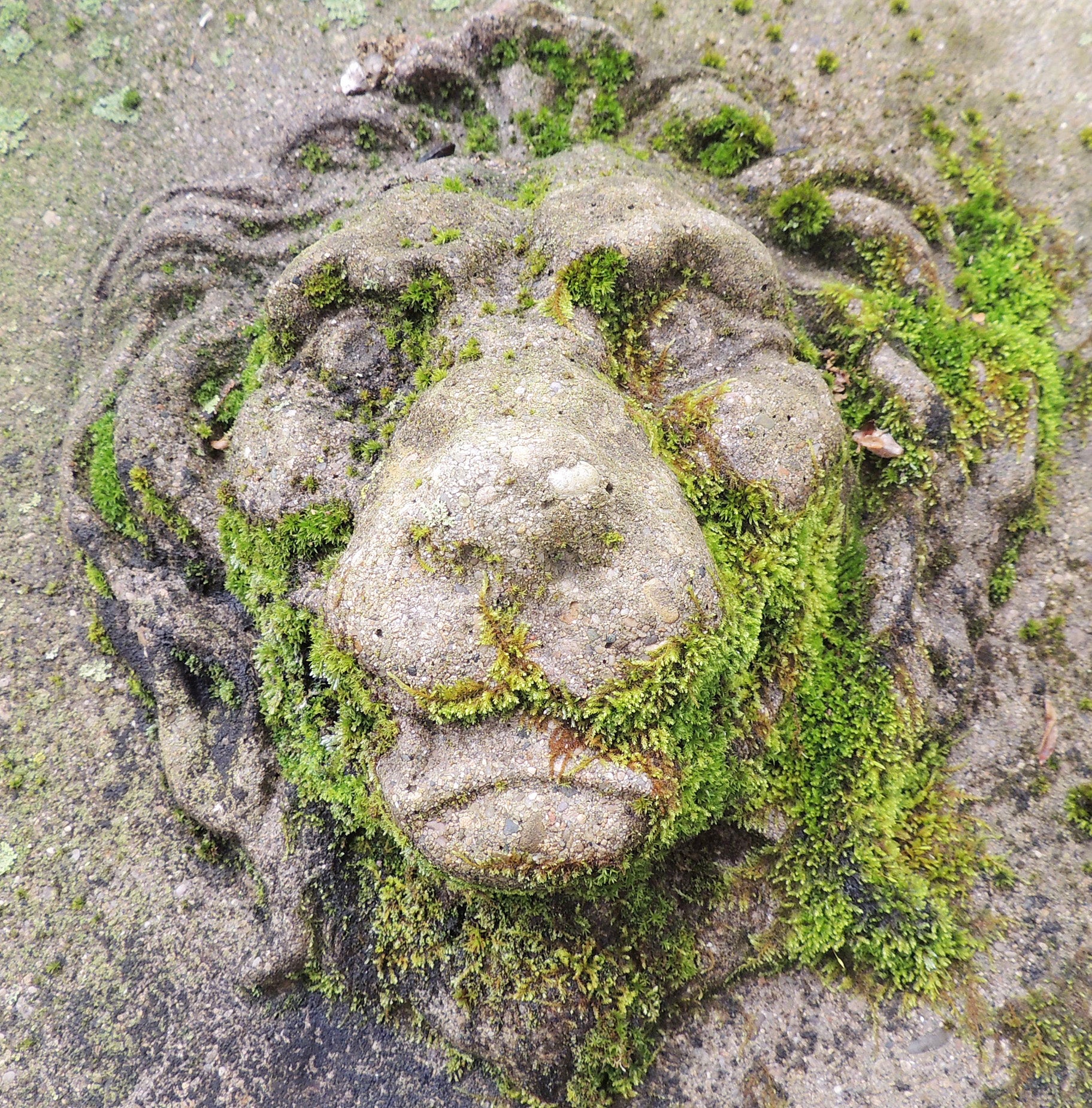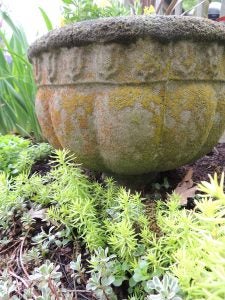Moss adds character to garden sculptures
Published 4:14 pm Friday, May 10, 2019

- Jerry Sampson is owner of J. Sampson Antiques, Books and Appraisals on Main Street in Harrodsburg. He has been an accredited senior appraiser (ASA) in the American Society of Appraisers since 2009. To request an appraisal, send clear digital photos, detailed descriptions, measurements and condition to jsampsonantiques@bellsouth.net. Only one item per person. Items will be selected on an individual basis and may or may not appear in print. No coins, money, stamps, weapons or sports memorabilia will be considered. No emailed photos or information will be kept. Information discussed in Personal Effects is not intended to be a substitute for an in-person appraisal of an item. Exact valuing can come only from actual viewing. Jerry Sampson, J. Sampson Antiques, Books and Appraisals, The Advocate-Messenger and its staff cannot be held responsible for misinformation or incorrect estimates. These featured appraisals are intended for entertainment purposes only and are not valid for insurance coverage or estate settlement.
By JERRY SAMPSON
Personal Effects
Question: Hi Jerry. My husband and I bought a historic home a little over two years ago. It dates to the early 1900s and is everything we ever wanted. The previous owners were very kind to it, making careful restorations and maintaining its historic feel. The garden I was told, was remodeled in the 1940s, before the onset of World War II. The back and sides of the garden are all in boxwoods, brick walkways and raised brick beds. It’s very formal and serene. There are several large and old concrete planters, urns, decorations and a few statues. These pieces are not like the modern pieces you’ll find today. They are incredibly heavy and thick. The reason I email you is that most of the stone work is covered in, anything from barely there to thick as carpet, moss and algae. My husband wants to power wash it off. I want to know if we should or not. I love the look of it but it is almost too much on things like faces and hands. Tell me what we should do.
Answer: Your garden sounds lovely. Well, this is a very personal thing. I for one, love the look of
mosses on concrete. Let me say here, that there is a difference between mold and moss. Mold has to go. They may look the same, but they are from two different kingdoms. Mold is a fungus — it is neither plant nor animal. It converts decaying matter into energy to survive. It does not need sunlight. Moss is a plant that requires some sunlight and minerals found in soil or surfaces to live. It is a plant.
Just open a page in almost any American, English or European garden magazine and you’ll see decades of mosses, lichen and algae on stone pots, statues and urns. It’s almost a testament of its age. It’s kind of a symbiotic relationship too. It does little harm, unless it’s English ivy, and ivy can push a weak acid into the container’s surface, thus weakening it over time. I see all the time old, if not ancient, statuary with moss. It’s simply part of its history and patina. In fact, you can look online and find all kinds of recipes to encourage moss to grow. Moss in Japan has a cult following, and has for centuries with whole gardens devoted to it, many of them famous.
But if you have so much moss that it obscures details and shape you need to do something. Do not use a power washer on old or vintage concrete pieces. Power washers in the hands of experts can do wonderful things. In the hands of a novice they can — and will — be destructive and damaging. I would be careful. Walkways and sidewalks are a game changer. I would use aggressive methods to keep these “growth” free. Moss can be treacherous to walk on, dangerous in fact. I would first wet the piece with a garden hose then use a mixture of hot water and 2 ounces of sodium carbonate / washing soda and a nylon bristle brush to gently wash down a piece. Finishing with a rinse from the garden hose. Washing soda should be available in most larger retail stores, in the laundry aisle. Do not use wire brushes, no matter how thick you think it is. Gentle is the key word.
Remember, if the moss has been on there for awhile, if it is totally removed, it will be lighter in color and appearance. If I were you, I’d clean the sidewalks and pavers and leave the pots and other things mossy. Thanks for a great question.





